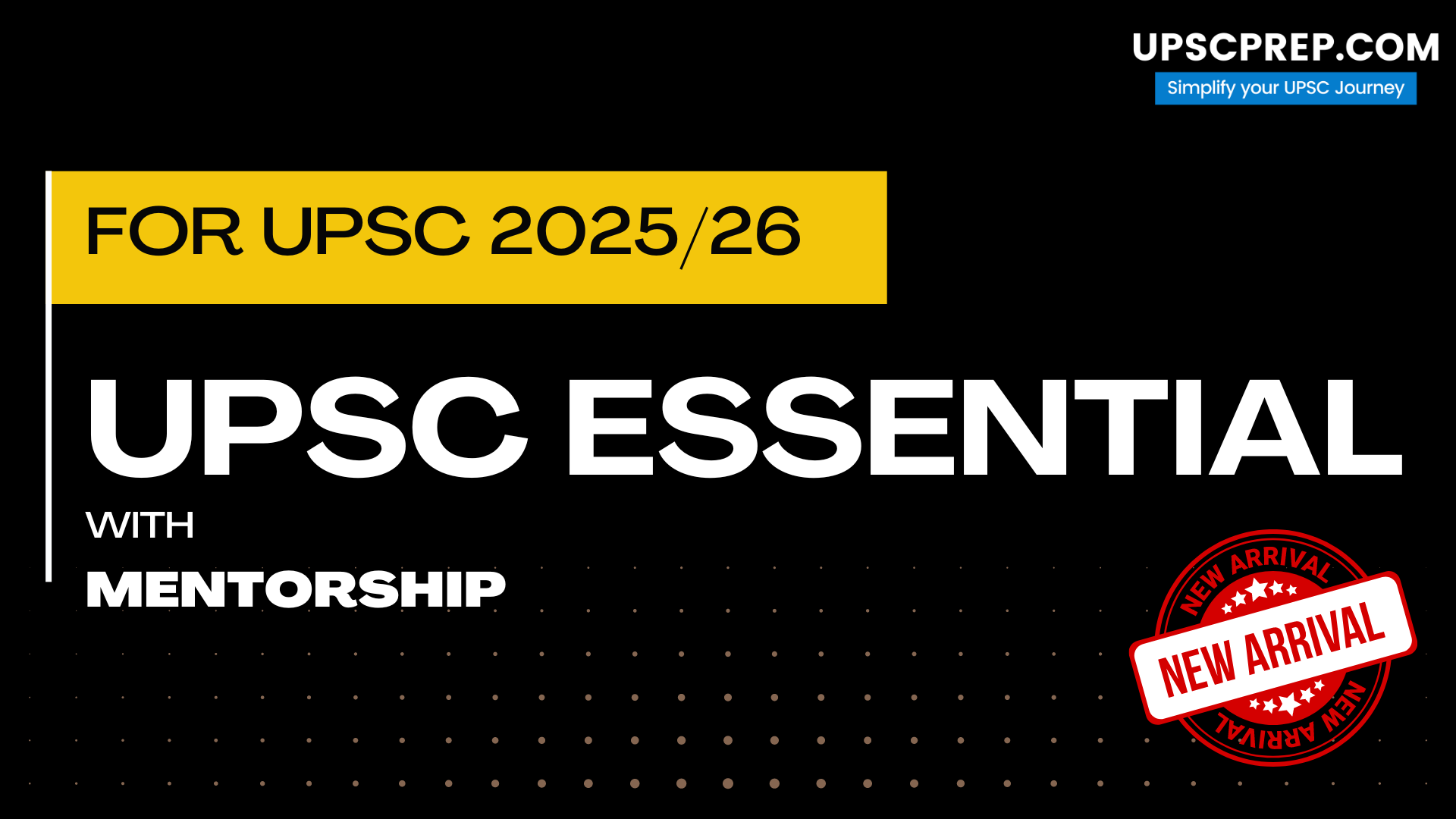Table of contents
Recent Incident and Kavach
The recent accident involving the Kanchanjunga Express and a goods train in Darjeeling highlights the critical need for the Kavach system.
- The automatic signaling system was not operational, and manual procedures were in place, which led to human error and the tragic accident.
- The absence of Kavach in this region underscores the urgency of accelerating its implementation to prevent such incidents in the future.
)

Definition
Kavach is an indigenously developed Automatic Train Protection (ATP) system by Indian Railways aimed at enhancing safety by preventing train collisions.
- It is designed to ensure that trains automatically stop when they encounter any signal irregularities or if they are on a collision course.
- Designated as India’s National Automatic Train Protection (ATP) System.

Key Features
- Automatic Braking: Kavach can automatically apply brakes if the train passes a signal at danger (red signal) or if it detects another train on the same track.
- Speed Regulation: It regulates the speed of the train according to the permissible limits.
- Collision Avoidance: The system can prevent head-on collisions between trains by maintaining a safe distance.
- Signal Overrun Prevention: It prevents trains from overshooting signals.
- Emergency Communication: Kavach facilitates communication between the train driver and the control center in case of emergencies.
Working

System Overview:
- Kavach monitors train movements and issues emergency messages.
- It provides centralised live monitoring through the Network Monitoring System.
Functionality:
- The system gives warnings to the locomotive pilot in case of overspeeding or adverse weather conditions.
- If the pilot does not slow down below 15 km/h upon receiving the warnings, Kavach automatically applies the brakes to bring the train to a halt.

Components:
- Based on Radio Frequency Identification (RFID) technology.
- Comprises key components like optical fibre, towers for catching signals, data centres at railway stations, and trackside equipment.

Deployment Status

- Current Deployment:
- Kavach has been deployed on 1,465 km of the Indian Railways network, covering 139 locomotives.
- It has been implemented primarily on the South Central Railway.

- Future Plans:
- Contracts for another 3,000 km across various railway zones, including Eastern, Northern, and Western Railways, have been awarded.
- An additional 10,000 km of the railway network is proposed for initiation soon.
- The Indian Railways is likely to float tenders worth ₹5,000 crore for this expansion.
Issues with Implementation
Despite its potential to significantly enhance railway safety, the implementation of the Kavach system has faced several challenges:
- Funding and Budget Constraints:
- The installation of Kavach requires substantial investment. Budgetary constraints have often delayed its widespread implementation.
- As of the latest updates, the Indian Railways has allocated funds for the installation of Kavach on high-density routes, but the pace of implementation has been slow.
- ₹557 crore has been earmarked in the FY25 interim budget for Kavach implementation.
- Technical and Operational Challenges:
- Integrating Kavach with the existing railway infrastructure, which varies widely in terms of technology and age, poses significant technical challenges.
- Ensuring compatibility with different types of rolling stock and signaling systems requires extensive testing and customization.
- Manpower and Training:
- Adequate training of railway staff, including drivers and signal operators, is crucial for the effective functioning of Kavach.
- There have been delays in training programs, which has impacted the rollout of the system.
- Geographical and Environmental Factors: India's diverse geographical and climatic conditions necessitate robust and adaptable technology. Ensuring that Kavach functions effectively across different terrains and weather conditions is a complex task.
- Administrative and Bureaucratic Hurdles: The implementation process involves multiple stakeholders, including various departments within Indian Railways and external contractors. Coordination and decision-making can be slow due to bureaucratic procedures.
- Pilot Projects and Phased Rollout:
- Initial pilot projects have been successful, but scaling up to cover the entire railway network is a gradual process.
- The phased rollout strategy means that some regions, like the one involved in the recent accident in Darjeeling, are yet to receive the system.
- Delays in Deployment: The incident in West Bengal highlighted the need for wider deployment of Kavach.
- Safety Records
- The deployment is critical due to the high number of train collisions in recent years, underscoring the need for improved rail safety systems.
- Only three manufacturers are currently producing the anti-collision system, contributing to delays.
- Administrative and regulatory hurdles have also slowed down the deployment process.
Conclusion
The Kavach system represents a significant advancement in railway safety technology.
However, its full potential can only be realized through addressing the financial, technical, and administrative challenges associated with its implementation. The recent accident serves as a stark reminder of the importance of expediting the deployment of such safety systems across the entire railway network.

